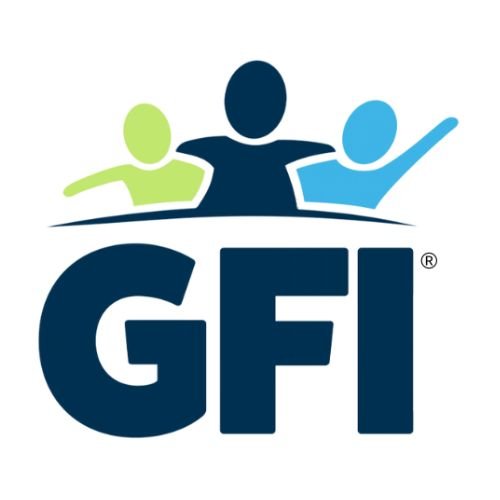Exploring Universal Design and Inclusion
The best descriptor the autistic community could have hitched its wagon to is the term “Spectrum.”
Spectrum: A condition that is not limited to a specific set of values but can vary, without caps, across a continuum.
What elegant wording for such a complex and nuanced subset, within which a vast range of expressions and learning abilities intersect and diverge. While we celebrate the rainbow of neurodivergence, there also exists a challenge for educators and caregivers, who need to guide many variations of learners, regardless of neurotype, catering to their individual style of comprehension and attention. This is where Universal Design for Learning (UDL) truly changes the game.
What is UDL?
Essentially what we’re aiming for is an education that reaches the entire classroom, by craftily instructing each learning style, as simultaneously as possible. UDL allows a flexible approach so every learner is engaged and participating in a way that serves their unique strengths and challenges, with the goal of everyone leaving the classroom each day with more knowledge, and feeling better supported by the materials, educators, and classroom environment.
More specifically, UDL is a set of concrete guidelines for instruction, which if implemented leads to more engagement among the student base, regardless of their placement along the spectrum, or disability. Kids are all motivated differently, best receive and process information differently, and express themselves differently. UDL seeks to bridge all of these variances with a strategic method of teaching.
UDL: The silent hero
It might surprise many of us to learn that applications of UDL already exist all around us, and fit so seamlessly within our everyday lives that we don’t notice them. Lever door handles, for example, are an accommodation designed to assist amputees or those with dexterity issues to access the world as everyone else does. But those without need for such modification register the lever as simply a means to open a door. Expert UDL implementation satisfies all neurotypes and physical variations without shining a spotlight on them in a way that “others” any individual.
Signage that includes both wording and symbology in addition to braille is the norm, nothing any of us take note of except in the way we register it. Some of us see the recycling logo and blue color coding and know where to put our plastic cup, others need the verbiage for clarity as to what waste goes where. We are all utilizing UDL communication every day in the way that best suits us without any of our own effort, which is exactly the point of it. Ease of messaging for the broader population creates access for all.
How does this translate to the classroom?
Universal design is much more than ADA guided improvements to the physical world around us. UDL guided curriculum is delivered with a layered approach; presenting content orally as well as with visual aids and graphics, heightened descriptive wording and closed captioning, and clarification of any culturally specific nuances (regional jargon, alternate pronunciations, holidays or customs).
Reading material should be provided for those who comprehend verbal input better this way, where complex materials and vocabulary can be viewed again to absorb in a way suited to them.
Education is a two-way street however and any classroom can benefit from a more flexible expectation as to how students learn and show their work. The task of learning can be performed in many ways, so while a written book report may suit one student who communicates well on paper but struggles socially, another might perform best through a pre-recorded video presentation, perhaps because dyslexia inhibits their typing. Optimally, every learner will find a method to participate and achieve within the options given to them. As educators, it’s our job to provide those, and spot kids failing to engage meaningfully.
Classroom and instruction accommodations using a Universal Design for Learning approach is more than a teaching tool, it’s an intentional show of respect. The needs for neurodivergent kids can be overlooked by the world around them, however unintentionally, and kids on the spectrum can become accustomed to being an afterthought at best. When a student’s passion for learning is sparked with the subtle but revolutionary shift of employing a broader teaching style, they get to experience new subject matter with the same awe as their classmates. After all, inclusion is rooted in intentional consideration so that all neurotypes, cultures, genders, abilities, and personalities can thrive together, each in their own way.
Additional Resources:

